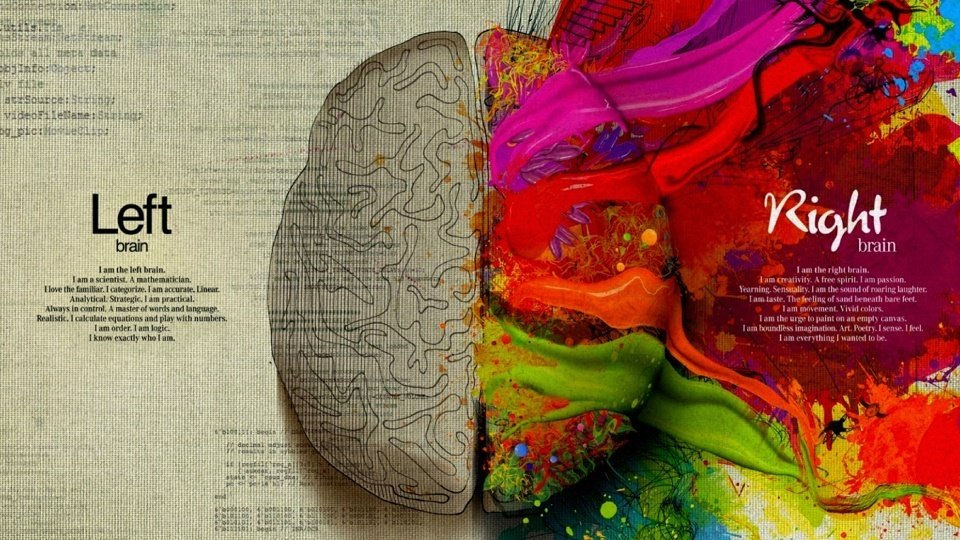Neurological Benefits of Coloring
- Isabell Sliwinski

- Nov 19, 2020
- 2 min read

Whose favorite part of kindergarden wasn't coloring? A global childhood pastime, we can attribute some of the brightest days of our early lives to coloring page after page of dogs, dinosaurs, and Lisa Frank dolphins. Unfortunately, most of us have abandoned our cherished hobby as we transition into adult life. We’ve all heard about art as being therapeutic, but some people hesitate to venture into the world of oil paintings and charcoal sketches for their hypothetical complexity. But what if relaxation was only a crayon and a printout away?
Neuroscientists have found coloring to boost one’s mood and increase overall health. Here are some of the benefits of coloring, and why you should include coloring as part of a daily or weekly health care routine!
Enhance motor skills and hand-eye coordination

When you’re looking at a black outline before you start adding color, the right brain signals the left brain to begin a critical and analytic thought process. The right brain generates your creative perspectives, while the left brain recognizes shape and helps you stay inside the lines.
Relax to reduce stress

The act of coloring targets the amygdala--the source of fear, stress, and anxiety--by sending signals to relax through the neurotransmitters. Coloring thus reduces or minimizes stress-provoking thoughts. Relaxing the amygdala helps a mindfulness process to relax the entire body and clear the mind for an unwinding evening or a productive day ahead.
Enhance focus and drive

Although some people may see the need for perfectionism in classic studio art, the brain recognizes coloring as an activity that does not need to produce the next Picasso by omitting the stress signals that stem from perfectionism. Coloring can improve your focus at the moment and for the remainder of the day as it targets the frontal lobe, which determines the most important action that needs to be performed. This is regarded to be coloring, and the frontal lobe--in conjunction with the amygdala--will disperse all other intrudings to focus on coloring.
Artistic impact

You can also use coloring as a way to improve your art skills! Your sky doesn’t have to be a solid blue; create a sunset with color pencil value techniques. Are you working on a flower? Turn the petals into the color wheel to practice color theory. Employ highlights and shadows to work on value and shading techniques while perfecting those tricky blend lines when using color. You could also create your own coloring pages. Practice using the elements and principles of design such as line, shape, balance, and unity to create an outline that you can color later.




Comments